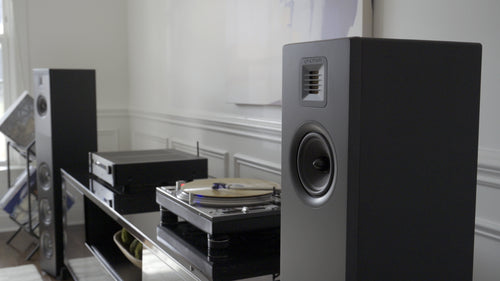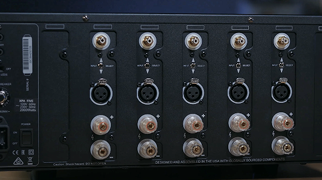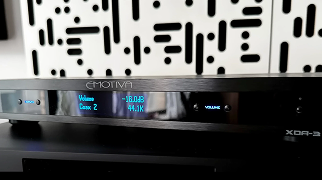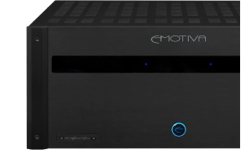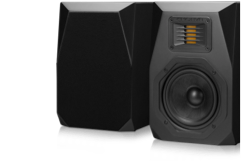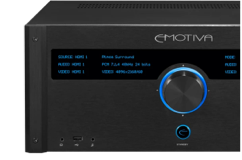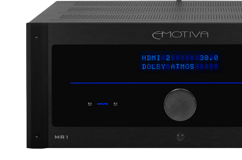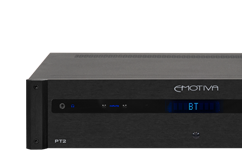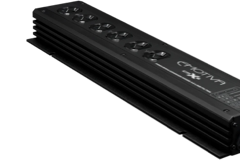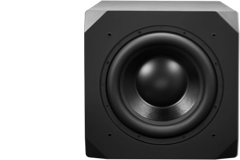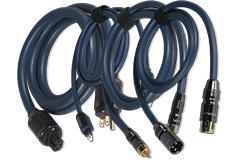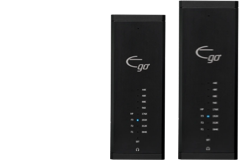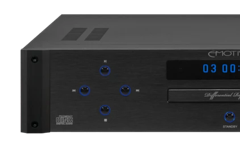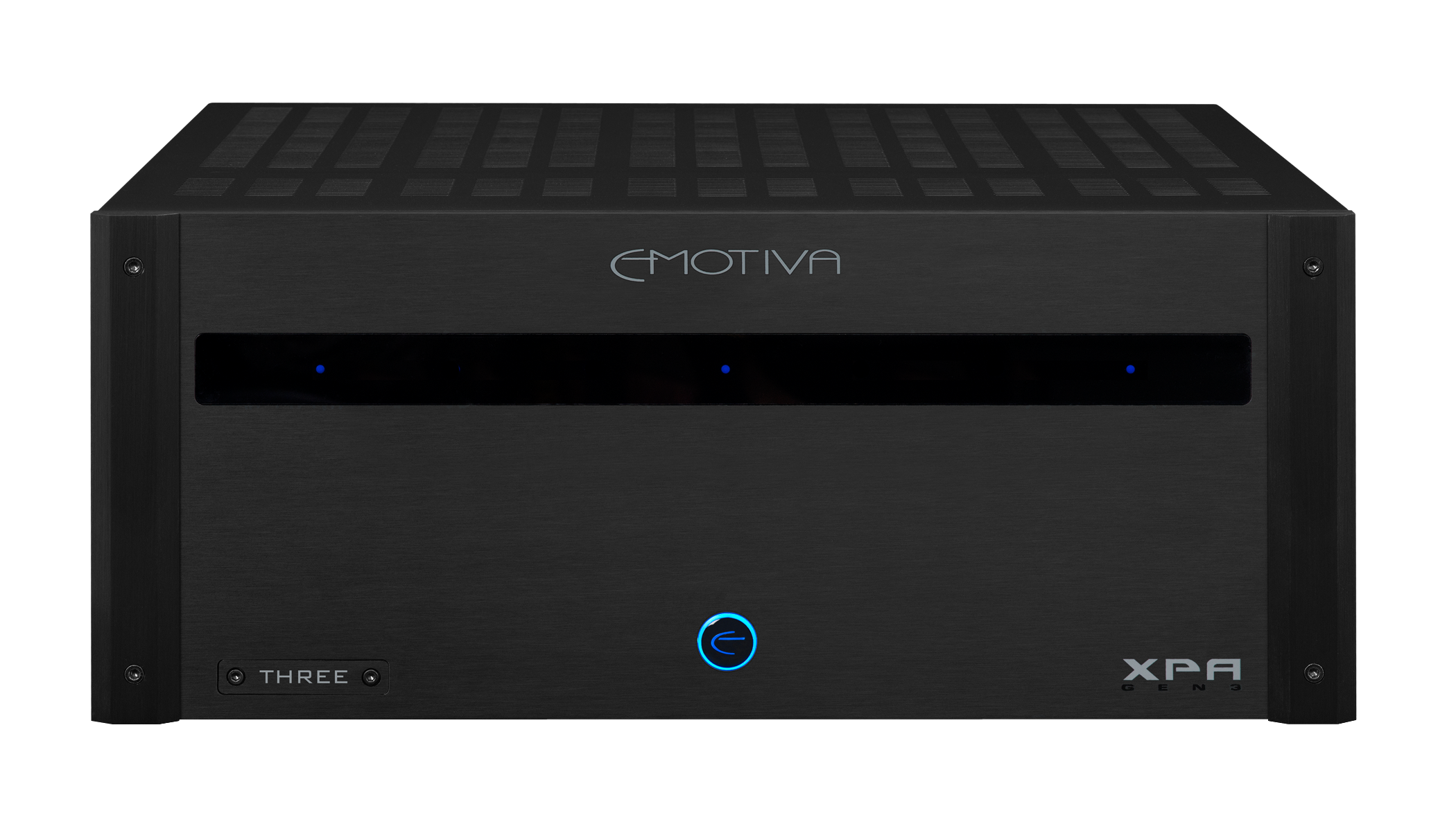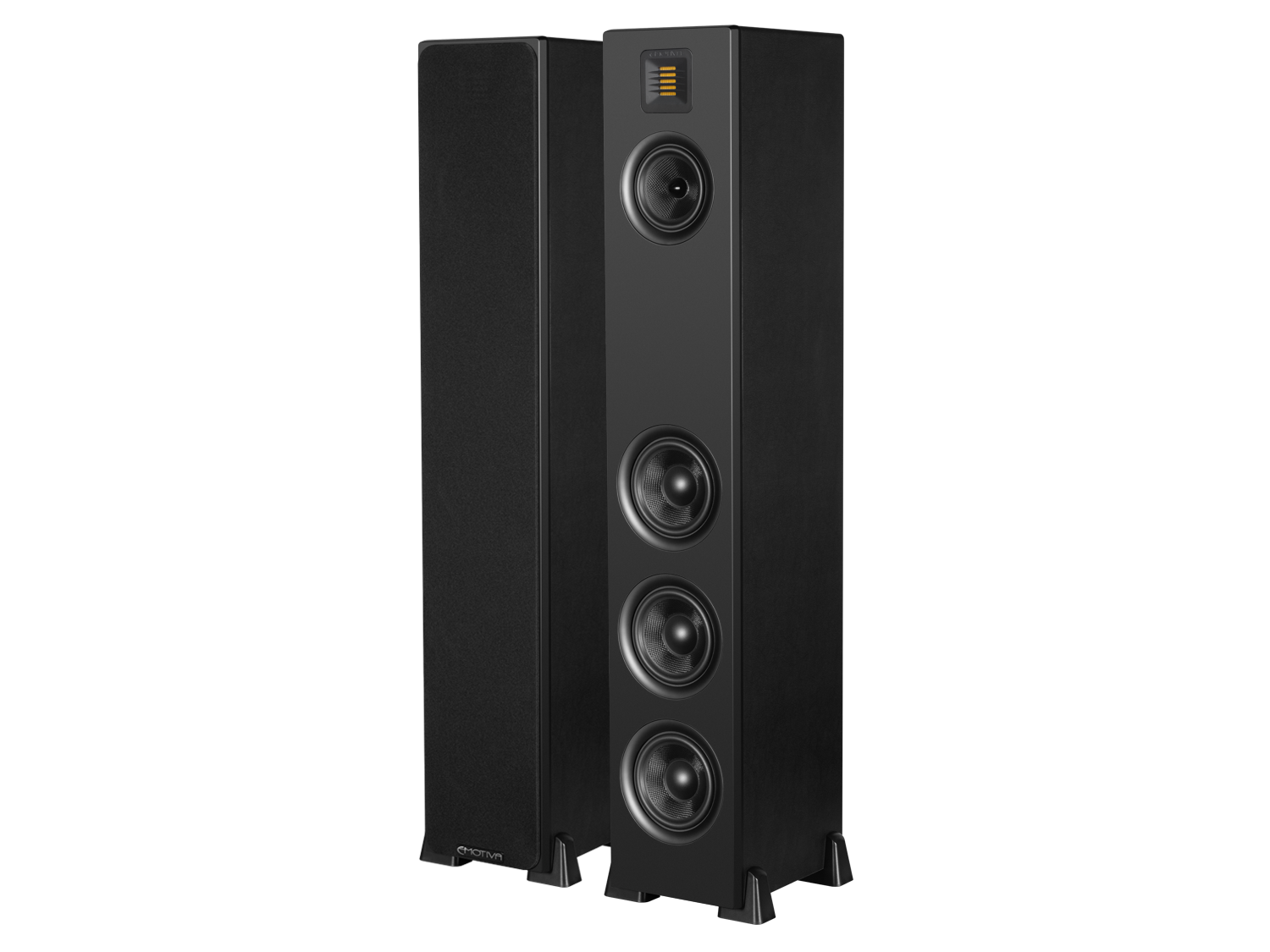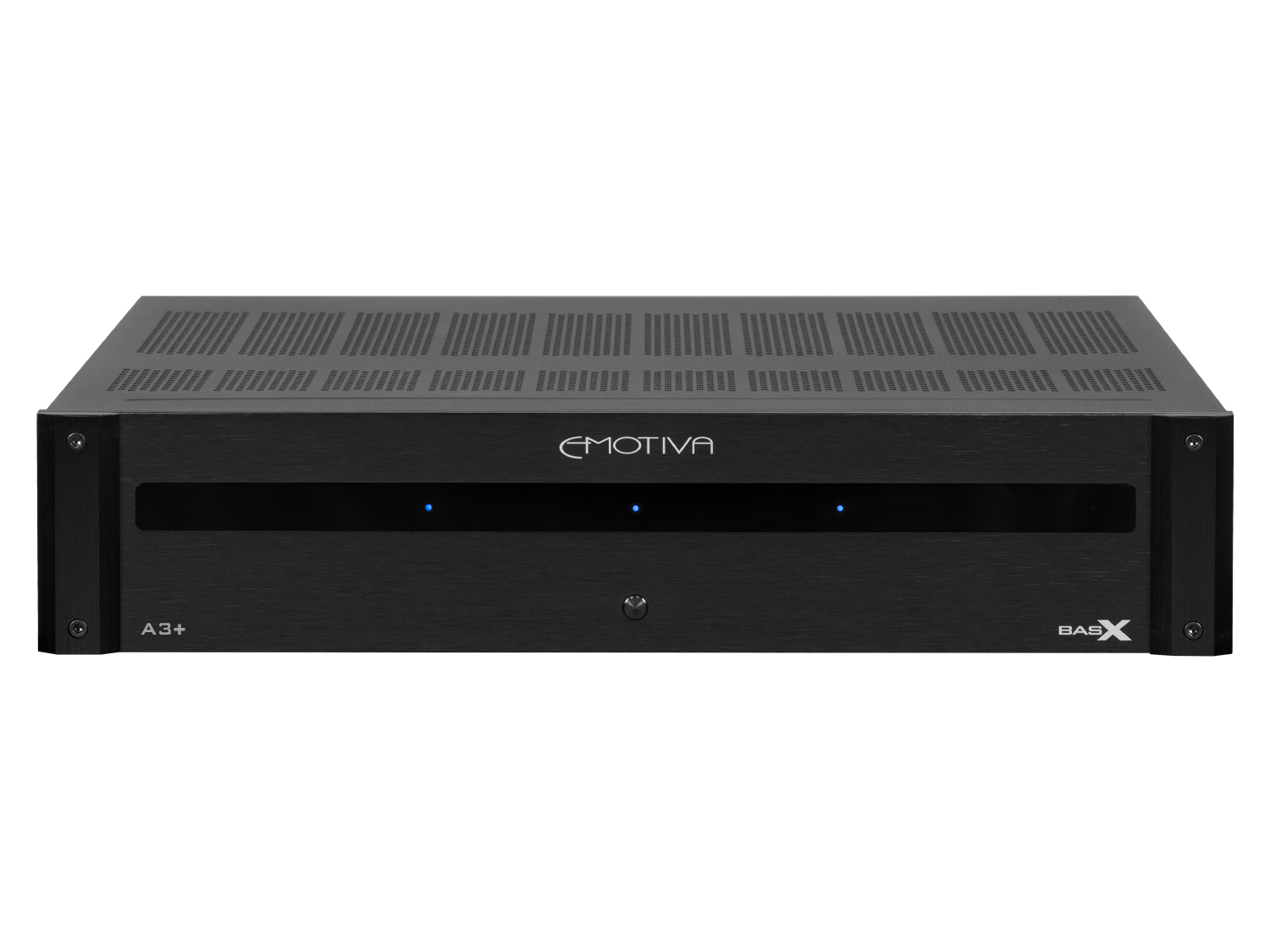Let’s get real. Reading audio specs can feel like decoding a foreign language. If you’ve ever shopped for speakers, amplifiers, or home theater gear, you’ve likely seen a wall of numbers and acronyms. sometimes more confusing than helpful.
But here’s the good news: You don’t need to be an engineer to understand the basics. Knowing a few key terms will help you make smarter choices, avoid overpaying for features you don’t need, and get the sound you really want.
Whether you’re a beginner or just need a refresher, this guide breaks down the most common audio specs so you can shop with confidence.
Why Do Audio Specs Matter?
Audio specs are like a product’s nutrition label. They tell you what the equipment can do, how it might sound in your room, and if it’s compatible with your other gear.
Understanding them helps you:
• Compare different brands and models on a level playing field
• Avoid falling for flashy marketing claims
• Choose the right gear for your space, budget, and listening habits
But remember, specs are just a starting point. The real test is always how it sounds to you.
The Most Important Audio Specs
1. Power Output (Watts)
• What it means: How much electrical power an amplifier can send to speakers, or how much a speaker can handle.
• Why it matters: More watts generally mean more potential loudness, but doubling the watts doesn’t double the volume! Room size, speaker sensitivity, and how loud you listen matter more.
• Real-world tip: For most living rooms, a quality amp with 50–100 watts per channel is plenty.
2. Frequency Response
• What it means: The range of sound (bass to treble) a product can reproduce, usually written as “20Hz–20kHz.”
• Why it matters: “20Hz–20kHz” covers the full range of human hearing. A “flat” response means the product is accurate and balanced.
• Real-world tip: Don’t get too hung up on claims that go beyond this range, most humans can’t hear above 20kHz, and ultra-deep bass (below 20Hz) is rare in music.
3. THD (Total Harmonic Distortion)
• What it means: The amount of unwanted “noise” or distortion added to your sound, expressed as a percentage (like 0.01%).
• Why it matters: Lower THD means cleaner, more accurate audio. Most modern equipment has such low THD, you won’t hear any distortion.
• Real-world tip: Any amp or receiver with THD below 1% is considered very clean; most Emotiva gear is far better than that.
4. Sensitivity (Speakers)
• What it means: How efficiently a speaker converts amplifier power into volume, measured in decibels (dB).
• Why it matters: Higher sensitivity = louder sound from less power, which is great for smaller amps or lower listening levels.
• Real-world tip: Speakers with sensitivity ratings above 88dB are considered efficient and easy to drive.
5. Impedance
• What it means: The electrical resistance of a speaker, measured in ohms (Ω).
• Why it matters: Matching impedance between your amp and speakers ensures optimal performance and protects your gear.
• Real-world tip: Most home speakers are rated at 4, 6, or 8 ohms. Always check your amp’s specs to make sure it can handle your speakers.
What About All the Other Specs?
Manufacturers often list other specs, like SNR (Signal-to-Noise Ratio), damping factor, or crossover frequency. While these can be important for advanced users, most shoppers can focus on the basics above.
• Signal-to-Noise Ratio (SNR): Higher numbers mean less background noise. Anything above 90dB is usually excellent.
• Crossover Frequency: For speakers with multiple drivers (like woofers and tweeters), this tells you where the sound “splits” between them. Not a big concern for most buyers unless you’re building a custom setup.
If you’re ever unsure, ask the manufacturer (that’s us!) or check independent reviews for real-world impressions.
How to Use Specs When Shopping
1. Start with your needs: Think about your room size, listening habits, and what matters most (loudness, clarity, deep bass, etc.).
2. Don’t obsess over tiny numbers: Marketing sometimes makes a big deal out of specs that make little real-world difference.
3. Match your gear: Always check that your amp and speakers are compatible (especially impedance and power).
4. Read honest reviews: Specs are helpful, but listening tests and user feedback give you the full picture.
Specs Aren’t Everything. Trust Your Ears
Numbers are useful, but the best speaker or amp is the one that sounds right to you. At Emotiva, we design our products to deliver real-world performance, not just impressive numbers on paper.
If you have questions about choosing the right gear or want to learn more about a specific spec, contact us here, our team loves helping fellow music lovers!
Want to Dive Deeper?
• Browse Emotiva’s latest speakers and amplifiers
• Read our guide: Five Common Audio Mistakes (and How to Fix Them)
• Explore our our blog for more hi-fi tips and reviews
Share Post


